circulation of elites
description: political concept (the process of continuous exchange of elites from the opposition to the ruling coalition and vice versa)
11 results
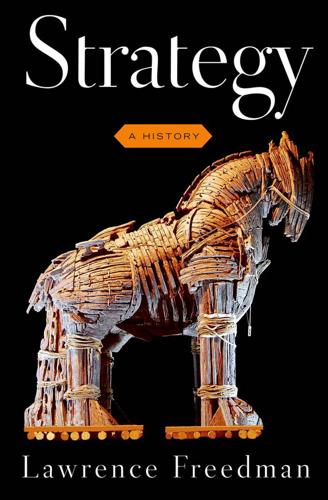
Strategy: A History
by
Lawrence Freedman
Published 31 Oct 2013
As neither group would endure on its own, the most stable regime would have a mixture of both types. In practice, each would tend to recruit their own kind. Fox regimes would degenerate over time and become vulnerable to a sudden show of force; lion regimes would more likely be infiltrated by foxes and would thus experience more gradual decline. Out of all of this Pareto postulated the “circulation of elites.” There was always an elite, but it could change in composition. The advantage should be with the shrewd and the cunning, but not to the point where violence could never be advised. The idea that political history can be viewed as a dialectic between practitioners of force and guile had a certain appeal.
…
What made the difference at critical moments were factors extraneous to the scientific method, such as force of personality or the scientific equivalents of the revolutionary mob and coercive pressure. A new paradigm would acquire a form of collective consent, there would be a consequential circulation of elites, and normal science would continue until the process began again with the accumulation of more anomalies.11 As revolutions went, this was more Pareto than Marx. Kuhn himself stressed the underlying conservatism of his view when discovering to his horror during the student rebellions of the 1960s that he was being cast as a revolutionary for having identified paradigms as instruments of intellectual oppression.
…
Henderson was impressed by Barnard as a man who not only had read Pareto originally in French but had sought to apply his ideas in the real world. Pareto’s influence can certainly be detected in Barnard. This was evident in his stress on nonlogical factors in human decision and action, on how choice was shaped by the logic of situations, and on the circulation of elites. Pareto is there in the idea of organizations as social systems analogous to human bodies seeking some sort of equilibrium. To achieve equilibrium, the organization needed to achieve both effectiveness and efficiency, and he emphasized how many declined because they failed both tests. By efficiency he meant the ability to satisfy the individuals who made up the organization; effectiveness involved the ability to meet goals.
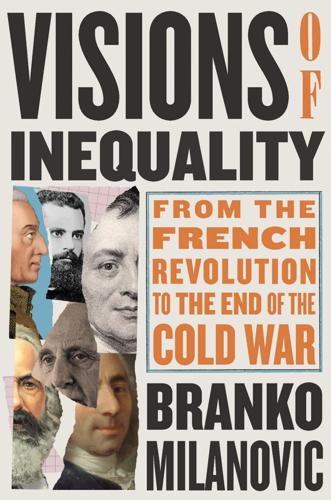
Visions of Inequality: From the French Revolution to the End of the Cold War
by
Branko Milanovic
Published 9 Oct 2023
There are thus many interesting economic topics that remain outside this book’s purview. Pareto’s extension of Walras’s work (with some modifications) along the lines of general equilibrium, for example, has no discernible relationship to his theory of income distribution. (I do, however, link that theory with what it can be related to: his sociological view of the circulation of elites.) Likewise, the famous Pareto optimum is logically separable from his theory of income distribution. While it is indeed a statement regarding redistribution, and it is often adduced in discussions of redistribution via taxes and subsidies, it is an essentially normative statement (appearing, or masquerading, under the guise of positivism).
…
Pareto line drawn across the highest amounts of corruption in China Note: The data refer to the top decile (by amount of bribery or embezzlement) of the cases of corruption, as reported by government judiciary authorities. Data source: Li Yang, Branko Milanovic, and Yaoqi Lin, “Anti-Corruption Campaign in China: An Empirical Investigation,” Stone Center on Socio-Economic Inequality Working Paper 64, April 2023. Fundamentally in agreement with his theory of the circulation of elites, Pareto did not believe that income distribution was amenable to change. To put it in stronger terms, Pareto did not think that income distribution would change under different social arrangements or that it would change with greater average wealth or economic development. This marked a contrast between income distribution and other phenomena, including marriage rates, population growth, and mortality rates, all of which did, as Pareto forcefully argued in the Manual, change with development. 49 It may seem somewhat paradoxical that Pareto assigned to income distribution an immutability which he was (rightly) ready to deny to a number of other social phenomena.
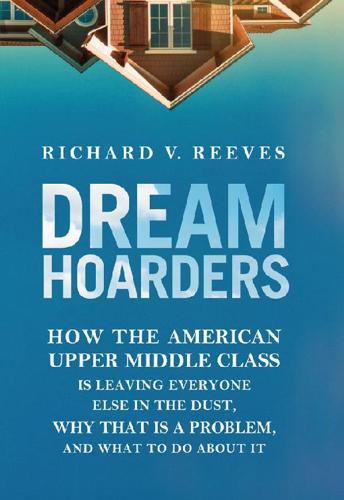
Dream Hoarders: How the American Upper Middle Class Is Leaving Everyone Else in the Dust, Why That Is a Problem, and What to Do About It
by
Richard V. Reeves
Published 22 May 2017
The upper chamber, the House of Lords, still has hereditary legislators. (My party did try to eliminate these when we were in government, but that’s another story.) The idea of inherited status, whether political, social, or economic, flies in the face of America’s self-image as an open society with a healthy circulation of elites. Here, if you do well, you get a medal, not a title. Nobody gets to be somebody just because they were born to the right parents. I’ve noticed that Americans love the Royal Family and princesses and princes, but that’s because they are not ruled by them. Foreign kings and queens are like Disney characters: fun to watch and entirely harmless.
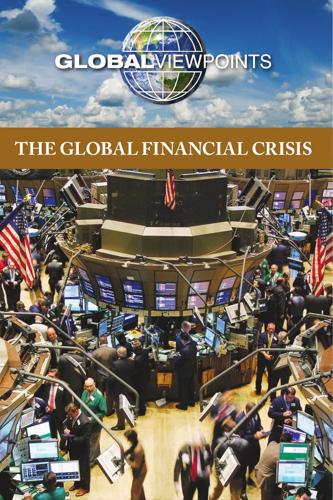
Global Financial Crisis
by
Noah Berlatsky
Published 19 Feb 2010
Domínguez described five voting cycles in Latin America since the transitions to democracy began 30 years ago. These cycles show patterns of defeat and victory for incumbents only partially correlated with economic trends (incumbents tended to win in South America since the early 2000s, a period of macroeconomic stability and the commodity boom.) The circulation of elites serves democracy well, he observed, and even leaders who have governed well are likely to lose in coming years as a result of the recession. 162 Effects of the Global Financial Crisis on Developing Nations The United States Hopes to Work with the Region Robert King, acting senior director for Western Hemisphere Affairs at the National Security Council, said that the new administration was still in the process of determining what it wanted to accomplish in Latin America and how to follow through regarding principles laid out during the campaign.
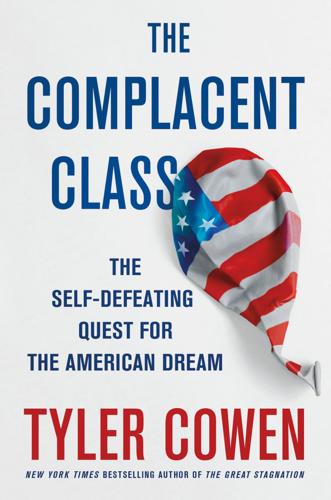
The Complacent Class: The Self-Defeating Quest for the American Dream
by
Tyler Cowen
Published 27 Feb 2017
Matching and assortative mating—connecting one well-off family to another—may make this all the less likely. And thus we can see some very natural reasons why income mobility, across the generations, is often either stagnant or declining over time. To use the language of early twentieth-century Italian economist Vilfredo Pareto, over time, the “circulation of elites” will naturally decline, at least compared to earlier situations of poverty and chaos. And indeed in China today, the special privileges held by children of prominent Communist Party members have become a major social issue and source of complaint. In other words, the richer, more stable, and happier your society is, the harder it is to generate high or rising levels of income mobility over time.

Twilight of the Elites: America After Meritocracy
by
Chris Hayes
Published 11 Jun 2012
In our own case, the end point is nowhere near as violent or dire. But if The Iron Law of Meritocracy has corrupted a society founded upon the twin principles of difference and mobility, we might ask what kind of social order would result. It would be a society with extremely high and rising inequality yet little circulation of elites. A society in which the pillar institutions were populated by and presided over by a group of hypereducated, ambitious overachievers who enjoyed tremendous monetary rewards as well as unparalleled political power and prestige and yet who managed to insulate themselves from sanction, competition, and accountability, a group of people who could more or less rest assured that now that they have achieved their status, now that they have scaled to the top of the pyramid, they, their peers, and their progeny will stay there.

Listen, Liberal: Or, What Ever Happened to the Party of the People?
by
Thomas Frank
Published 15 Mar 2016
Here is how White characterized the change: “The new reforms had by 1972 given categorical representation to young people, to women, to blacks—but yielded no recognition at all, as a category, to men who work for a living.” The Making of the President 1972 (Harper Perennial, 2010), p. 38. 3. Ibid. 4. Shafer calls this a “circulation of elites, the replacement of one group of specialized political actors with another of noticeably different origins, values, and ways of pursuing politics.” Specifically: “The old coalition was based in blue-collar constituencies, while the newer version was white-collar from top to bottom.” Byron Shafer, Quiet Revolution: The Struggle for the Democratic Party and the Shaping of Post-Reform Politics (Russell Sage Foundation, 1983), pp. 7, 8, 530. 5.
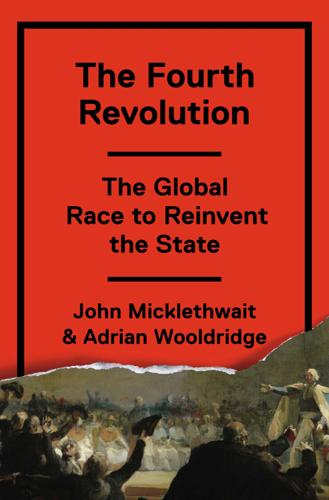
The Fourth Revolution: The Global Race to Reinvent the State
by
John Micklethwait
and
Adrian Wooldridge
Published 14 May 2014
All this won Ma her country’s most prestigious award for public-sector innovation—and she is typical of a slice of the mandarinate: global, well informed, and with a long-term plan. But China is a big place. How well does the system work in practice? The Chinese system can claim two victories: the circulation of elites and a long-term approach. The top three officials—the general secretary, president, and prime minster—now serve a maximum of two terms in office, or ten years. In recent times that changeover has been completely peaceful. The party has put safeguards in place to prevent the reemergence of a Mao-style personality cult.
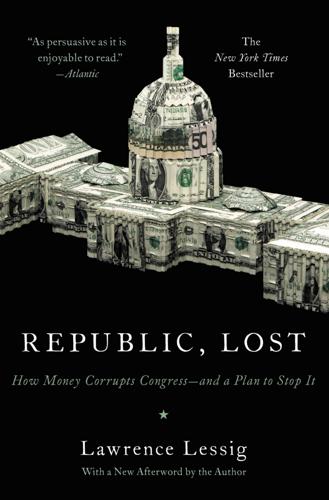
Republic, Lost: How Money Corrupts Congress--And a Plan to Stop It
by
Lawrence Lessig
Published 4 Oct 2011
Ozinga, and Erik van Ree, The Rise and Fall of the Soviet Politburo (London: UCL Press, 1992), 118. 2. Matthew Eric Glassman and Erin Hemlin, “Average Years of Service for Members of the Senate and House of Representatives, 1st–111th Congresses, Cong. Res. Service (Nov. 2, 2010), available at link #169. 3. James R. Ozinga, Thomas W. Casstevens, and Harold T. Casstevens II, “The Circulation of Elites: Soviet Politburo Members, 1919–1987,” Canadian Journal of Political Science 22 (1989): 609, 614 4. Norman Ornstein, “District of Corruption,” The New Republic, available at link #170. 5. Lisa Rein, “Federal Officials Fight Back over Criticism About Salaries,” Washington Post, Aug. 17, 2010, available at link #171 (describing debate about higher pay for federal officials). 6.
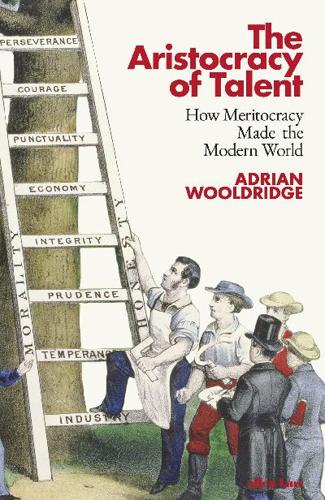
The Aristocracy of Talent: How Meritocracy Made the Modern World
by
Adrian Wooldridge
Published 2 Jun 2021
The overall social structure was accepted as a reflection of the inflexible laws of nature; the classes were ranked in terms of their possession of professional qualities, such as intelligence and zeal, with the paupers and thieves lumped together in the bottom of the statistical range, but society was not static: there was a constant circulation of elites as talented individuals competed for the top slots. This argument was sketchy, to put it mildly. But it was soon given new life by both Charles Spearman, with his notion of ‘g’, and R. A. Fisher, a geneticist who clarified Galton’s assumptions about regression in his path-breaking paper of 1918 on ‘The Correlation between Relatives on the Supposition of Mendelian Inheritance’.43 Burt’s work on occupation and ability was a sophisticated synthesis of Spearman and Fisher.
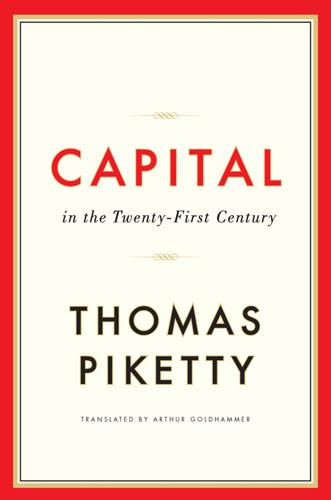
Capital in the Twenty-First Century
by
Thomas Piketty
Published 10 Mar 2014
In particular, inherited wealth will make a comeback—a long-term phenomenon whose effects are already being felt in Europe and that could extend to other parts of the world as well. That is why it is important for present purposes to become familiar with the history of demographic and economic growth. There is another mechanism whereby growth can contribute to the reduction of inequality, or at least to a more rapid circulation of elites, which must also be discussed. This mechanism is potentially complementary to the first, although it is less important and more ambiguous. When growth is zero or very low, the various economic and social functions as well as types of professional activity, are reproduced virtually without change from generation to generation.